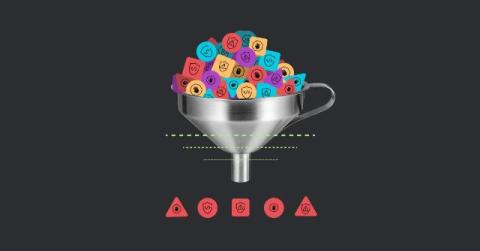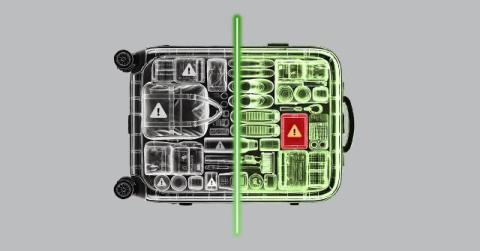From Risk to ROI: Making Security Insights Matter to Business Leaders
In today’s technology landscape, security leaders often find themselves under immense pressure: their resource-constrained teams are expected to mitigate growing risks, navigate complex infrastructures, and implement best practices, all while justifying their value to executive leadership.











